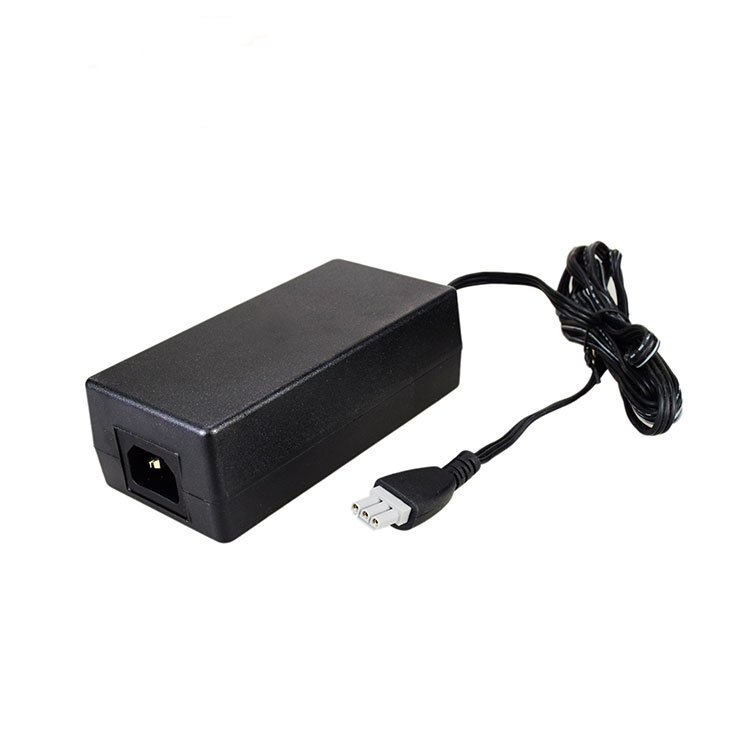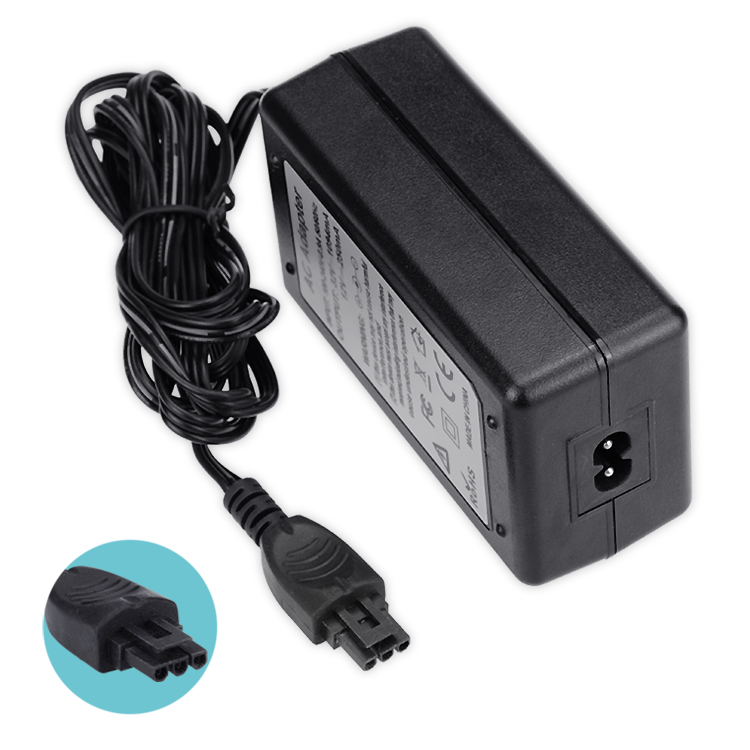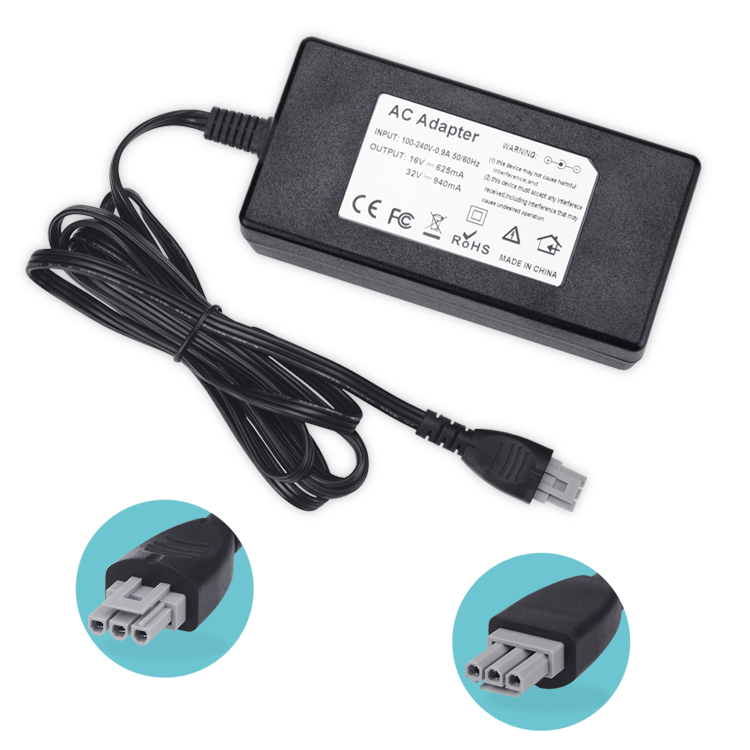The survey results show that Seoul Semiconductor's revenue for the second quarter of 2012 was in line with expectations of early-stage observers. It is estimated that the sales season has increased by 18% from the previous quarter and operating margin has increased by 4.7%. LG's LED revenue will remain stable as general lighting growth exceeds expectations, growing more than 35% quarter-on-quarter, ahead of the overall growth of the LED industry. Lumens' quarter-on-quarter increase of 40% was mainly due to the strong sales of 30-inch low-end direct-input LED TV backlight modules.
Positive Signal 1: Price Elasticity Drives Growth in General Lighting Demand for General Lighting remains strong, although the macro picture looks uncertain and will continue to press for demand. The economic situation in Europe is still looking very slow at present, and the outlook for Q3Q4 is not optimistic. However, the demand from the United States and Japan is still relatively firm. The domestic projects of South Korean LED manufacturers are also performing very well. Seoul Semiconductor's new product Acrich 2 seems to have been accepted by customers. About 20% of users plan to use this new chip to mass produce lighting products.
Positive Signal 2: Wafer Production Replacing Larger Sizes Due to increasing pressure on wafer prices, LG has adjusted most of its production lines to 6-inch wafer production lines. Seoul Semiconductor still maintains a 2-inch production line. However, the proportion of 4-inch products has risen from less than 10% at the beginning of the year to about 50%. This migration to large size will reduce the cost of wafer products by 20 to 25%. A further decline in the terminal prices of LED products will play a positive role.
Negative Signal 1: Short-term Downside Risk The growth of TV backlight module is lower than expected. This year's demand for TV is somewhat weak. It can be seen from the sales situation of May Day in the domestic market. Seoul Semiconductor is expected to lose a portion of its market share in the second half of 2012. In 2011, market observers predicted that chip and package manufacturers would be in a relatively unfavorable position because they did not have monopoly status. It seems that this is indeed the case. However, due to the market's originally expected TV demand is not high, so if the macro economy will not be bad, there is not much room for downward adjustment. The TV market is expected to grow by 7% this year to reach 227 million units.
Negative signal 2: Upstream industry recovery needs time Due to the expected high sapphire shortage in 2010~2011, a large number of manufacturers have overheated into this area, causing serious overcapacity. Currently, the profits of sapphire ingot/wafer makers are still decreasing, and Sapphire Tech's operating profit margin has dropped from 60% in 2010 to 20% now. Judging from Taiwan’s data in July, the price of sapphire has stabilized, but demand has not increased, and the situation of overcapacity will persist for a long time. Future manufacturers will conduct further industry alliances and control their own supply. The top few manufacturers will create more profits and continue to rule.
Printer Adapter means the charger of printer; the most printers used in the market are HP, EPSON, CANON and BROTHER brands, yidashun produces AC Adapter for all these brands of printers. The output voltage of these printer ac adapters are normally 12V, 16V, 22V, 24V, 30V, 32V and so on, the common dc plugs are 3 hole (Flat) and 3 pin (Round).
The popular hp printer adapters are double output 32V 1.1A/ 16V 1.6A, 16V 625mA / 32V 940mA, 12V 250mA /32V 1094mA, and single output 30V 333mA, 32V 2000mA, 32V 2500mA, 22V 455mA and 32V 625mA, the dc plug of all these models are 3 hole (Flat). The popular EPSON printer charger is 24V 2A output with 3 pin (round) dc plug.



Printer Adapter,Bluetooth Printer Adapter,Wireless Printer Adapter,Wifi Printer Adapter
Shenzhen Yidashun Technology Co., Ltd. , https://www.ydsadapter.com